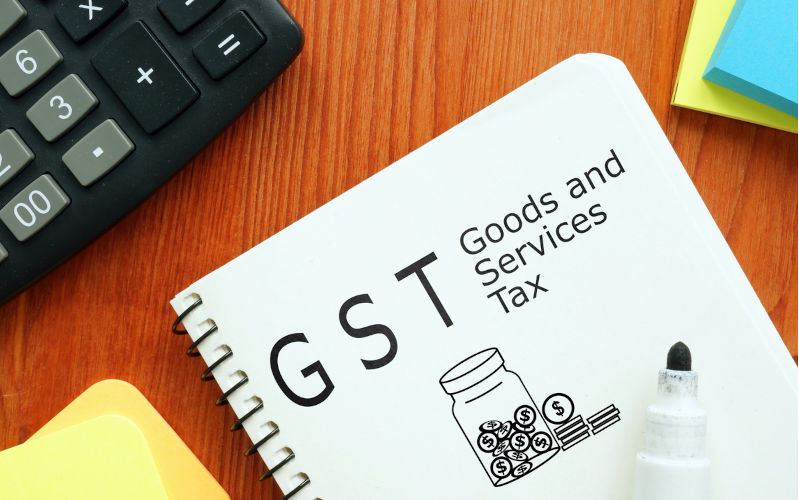Western Australia is rolling in (even more) cash – thanks to nature, China and both sides of federal politics
December 30, 2024
No wonder the Western Australian state government left it until Christmas Eve to release its Mid-Year Budget Update (officially titled Mid-Year Financial Projections Statement). It yet again shows how the government of Australia’s richest state is rolling in cash, thanks largely to nature’s and China’s gifts, but helped along by the politically-motivated corruption of the basis for distributing revenue from the Federal Government’s GST among the states and territories, originally perpetrated by the Morrison Government but maintained and extended by the Albanese Government (notwithstanding its oft-professed commitments to “sound fiscal management”, and getting its own budget into “good nick”).
The update shows that the WA Government now expects to run “general government” cash surpluses totalling $5.8 billion over the four years to 2027-28, $1.8 billion more than envisaged in the 2024-25 budget presented in May. Every other state and territory is projecting cash deficits in each of those four years, totalling $149 billion, while the Commonwealth is projecting cash deficits totalling $133 billion (according to its MYEFO published last week).
WA now expects to collect $31.4 billion in mineral royalties over the four years to 2027-28, up from the budget estimate of $30.1 billion. That’s after collecting $45.6 billion in royalties over the four years to 2023-24 (or, if you prefer, $114 billion between 2000-01 and 2023-24). Forecast iron ore royalty revenues were revised up from $23.6 billion over the four years to 2027-28 to $25.3 billion, driven by an upward revision to the assumption about the iron ore price from US$75/t (inclusive of freight costs) to US$95.3/t – although the assumption for 2025-26 and beyond remains at a conservative US$71/t (implying that WA will probably collect more than $25.3 billion in iron ore royalties over the four years to 2027-28). Forecast royalties from other minerals were revised down by $0.4 billion to $6.0 billion, largely due to lower lithium prices.
The Mid-Year update shows that WA expects to receive $32.4 billion from its “share” of GST revenues over the four years to 2027-28. That’s $21.1 billion more than it would have been getting, had the basis for distributing GST revenue not been altered so as to give WA a minimum of 75% of what it would have received under a notional equal-per-capita distribution, irrespective of the Commonwealth Grants Commission’s assessment of what would be required in order to allow the WA Government to provide its citizens with a similar range and standard of public services as the average of all states and territories whilst levying on them a similar level of state taxation to the all-states-and-territories average (the $21.1 billion represents the amount of “transiitonal payments” the Federal Government will make to the other states and territories in order to ensure that none of them is any worse off than they would have been had these changes not been made).
This munificence towards Australia’s richest state on the part of successive Federal Governments (at a cost to the federal budget most recently put at more than $53 billion over the 11 years to 2029-30) allows the WA Government to provide its citizens with better-than-average public services whilst levying on them lower-than-average state taxes and charges – and to run budget surpluses, which have in turn allowed the WA Government to reduce its forecast of “general government” net debt as at 30 June 2028 by $0.7 billion, to $29.2 billion. That represents about 5¼% of forecast gross state product; by contrast, the net debt of the “eastern” state and territory governments is projected to reach $449 billlion (or 19.0% of their combined GSP) by 30 June 2028.
As I’ve written previously, the change to the basis for carving up the revenue from the GST among the states and territories constitutes (IMHO) the Worst Public Policy Decision of the Twentieth Century Thus Far – given that it utterly corrupts the long-standing intention of the biggest single spending program in the federal budget, and that the cost of this decision has blown out by more than any other single policy decision so far this century, with the possible exception of the NDIS. (To remind, that intention — promulgated in the aftermath of the 1933 “Wexit” referendum — was to allow each state, and subsequently territory, to provide its citizens with a similar standard of public services whilst levying on them similar burdens of state taxes – something which, again IMHO, makes Australia a “better country” than other federations, in particular the United States).
And it has been done, by both sides of federal politics for the basest of political motives – to retain or regain Western Australian seats in the House of Representatives which, since the 2016 election, have been critical in determining which side of politics forms the Federal Government.
Both sides of federal politics should be ashamed of themselves for having connived in such an outcome.

